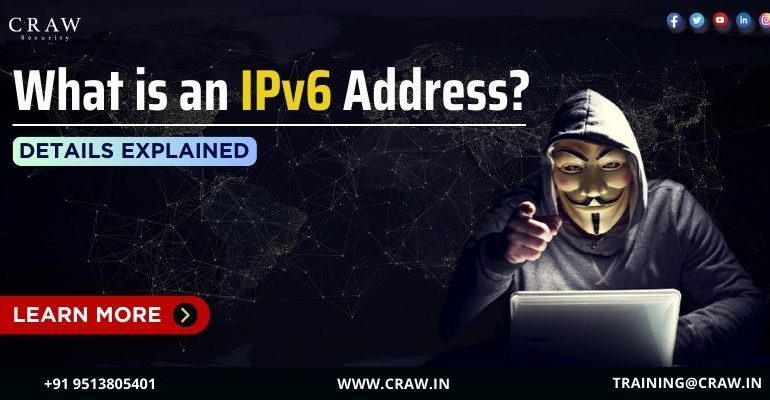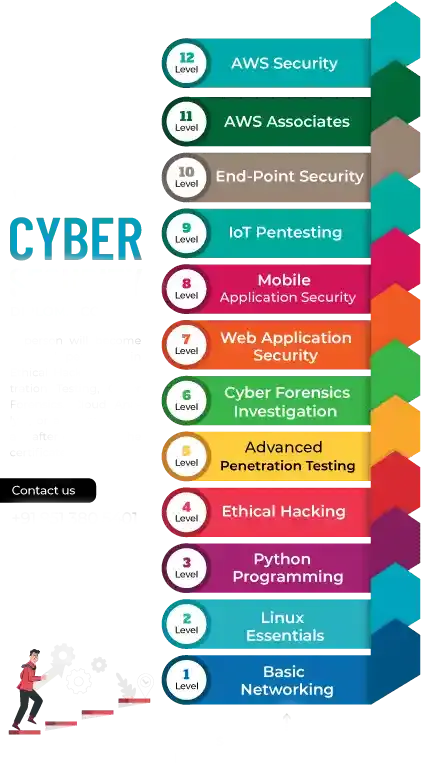What is an IPv6 Address? Details Explained

What is an IPv6 Address? Details Explained
What is an IPv6 Address?
IPv6, which stands for “Internet Protocol version 6,” is the most present-day version of the Internet Protocol (IP). IP is the communications protocol that lets computers on networks find each other and identify themselves, and it also sends traffic across the Internet. It was made because IPv4 addresses, which are numbers that are given to machines on a computer network that employ the Internet Protocol to talk to each other, were running out.
IPv6 addresses are 128 bits long, while IPv4 names are only 32 bits long. With this larger address space, there are now almost infinitely many possible unique addresses. This means that as the Internet and network-connected gadgets continue to grow, there will never be a shortage of addresses.
In this article, we will try to find out the mainstream factors related to IPv6 Address. So, let’s find out!
Why Was IPv6 Developed?
A primary motivation behind the development of Internet Protocol version 6, or IPv6 was to solve the long-awaited issue of IPv4 address exhaustion. The pool of IPv4 addresses that were accessible was fast decreasing as a result of the rapid development of the Internet and the growing number of devices that were linked to it. The Internet Protocol version 6 (IPv6) was developed to offer a solution to this issue by significantly increasing the address space. This was done to guarantee that there are sufficient unique addresses for all devices.
How Does IPv6 Differ from IPv4?
IPv6 and IPv4 are comparable in a number of respects; nevertheless, the primary distinction between them is the extent of their address space. IPv6 addresses are 128 bits long, which allows for an almost infinite number of unique addresses. This is in contrast to IPv4 addresses, which are 32 bits long and allow for around 4.3 billion unique addresses.
In addition, Internet Protocol version 6 (IPv6) has a number of additional enhancements in comparison to IPv4, including a more effective routing system, a more straightforward header format, and built-in support for features such as quality of service (QoS) and security.
IPv6 Address Structure
IPv6 addresses are structured as colon-separated groups of eight groups, each consisting of four hexadecimal digits. For example, 2001:0db8:85a3:0000:0000:8a2e:0370:7334.
It is permissible to omit leading zeros from a group and to abbreviate consecutive groups of zeros to “::” in an address, provided that doing so does not result in a modification to the address’s value.
Types of IPv6 Addresses
- Unicast
Unicast addresses designate a solitary interface that falls within the address type’s scope. Their function is to transmit data to a particular device.
- Multicast
Multiple interfaces are identified by multicast addresses. They are utilized to simultaneously transmit information to multiple devices.
- Anycast
Although anycast addresses can designate multiple interfaces, the delivery of the packet is restricted to the interface that is closest to it, as determined by the routing protocols.
Advantages of IPv6
There are certain type of advantages of IPv6 that can be understood to employ the usage of this particular feature, such as the following:
| Larger Address Space | By substantially enlarging the address space, IPv6 guarantees an adequate number of distinct addresses to accommodate all devices. |
| Improved Performance | IPv6 incorporates functionalities that decrease network latency and enhance routing efficacy. |
| Better Security | IPv6 integrates IPsec, a suite of protocols designed to safeguard Internet Protocol (IP) communications. |
| Simplified Network Configuration | IPv6 contains functionalities that streamline the requisites for configuring and overseeing network devices. |
Challenges in IPv6 Adoption
The adoption of IPv6, regardless of its manifold benefits, has been comparatively sluggish. Among the obstacles that have impeded adoption are the following:
| Compatibility Issues | IPv6 and IPv4 are not directly compatible; therefore, networks and devices must be modified to support IPv6. |
| Cost | In particular, the process of improving networks and devices to support IPv6 can be expensive for large organizations. |
| Lack of Awareness | Numerous organizations are either unaware of IPv6’s advantages or uncertain of how to implement it. |
 Transition Mechanisms from IPv4 to IPv6
Transition Mechanisms from IPv4 to IPv6
In order to aid in the migration from IPv4 to IPv6, a multitude of transition mechanisms have been devised. These mechanisms enable communication between IPv6-only devices and networks and devices that are IPv4-only.
- IPv6 Security Considerations
The implementation of IPv6 brings forth unique safety issues, including the requirement to fortify IPv6 transition methods and the possibility of unique attack vectors focusing on IPv6 networks.
FAQs
About What is an IPv6 Address?
1: Is IPv6 faster than IPv4?
IPv6 and IPv4 do not inherently provide faster transmission capabilities. In certain circumstances, however, its enhanced routing effectiveness may result in improved performance.
2: Can IPv6 and IPv4 coexist on the same network?
Yes, Transition mechanisms enable the coexistence of IPv6 and IPv4 on the same network, thereby facilitating cooperation between the two protocols.
3: Do all devices support IPv6?
While IPv6 is supported by the majority of modern devices, some older models may need to be updated to accommodate the new standard.
4: What is the main benefit of IPv6?
The primary advantage of IPv6 is its expanded address space, which guarantees an adequate number of distinct addresses for all Internet-connected devices.
5: How can I enable IPv6 on my network?
You have to set up your router and gadgets to enable the new protocol in order to activate IPv6 on your network.
Conclusion
In the bottom line, we would like to express that IPv6, the most recent iteration of the Internet Protocol, was developed in response to the depletion of IPv4 addresses and to facilitate the expansion of the Internet in the future. The adoption of IPv6, which includes a larger address space and enhanced performance compared to IPv4, has been sluggish due to cost, lack of awareness, and compatibility concerns. However, with the ongoing expansion of the Internet and the increasing number of connected devices, IPv6 is anticipated to gain further significance.
If you want to know more about the same or want to learn something extra from the vast expansion of cyber security, then you can learn it from Craw Security, the Best Cybersecurity Training Institute in India. To know more, give us a call at our hotline mobile number +91-9513805401.



















